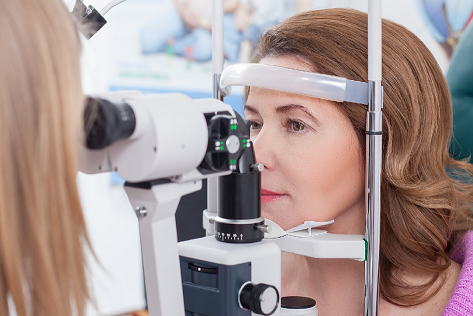Dry eyes Edgewater is an increasingly common condition that affects millions of people worldwide. Fortunately, modern ophthalmology technology has provided a range of solutions to address this and other eye-related problems. In this article, we will explore some of the latest advancements in ophthalmology technology.
Artificial Intelligence in Ophthalmology
Artificial intelligence (AI) is revolutionizing the field of ophthalmology by automating tasks that were previously done manually. One of the most promising applications of AI is in the diagnosis of eye diseases. AI algorithms can analyze large amounts of medical data, including images of the eye, to identify patterns and detect abnormalities. This technology has the potential to improve the accuracy and speed of diagnosis, enabling earlier treatment and better outcomes for patients.
Gene Therapy for Eye Diseases
Another exciting development in ophthalmology technology is gene therapy. This technique involves modifying the genes that are responsible for certain eye diseases, such as macular degeneration and retinitis pigmentosa. By targeting the underlying genetic cause of these conditions, gene therapy offers the potential for a cure rather than simply managing the symptoms.
Robot-Assisted Surgery
Robot-assisted surgery is becoming increasingly common in ophthalmology, particularly in procedures such as cataract surgery. Robots can perform precision movements that are difficult for human hands to replicate, resulting in faster, more accurate surgeries with fewer complications. This technology also allows for greater customization of the surgical procedure, improving the overall outcomes for patients.
3D Printing for Customized Prosthetics
3D printing has revolutionized the field of prosthetics, and ophthalmology is no exception. With 3D printing, it is now possible to create custom prosthetic eyes that match the color, shape, and size of the patient’s natural eye. This technology has greatly improved the appearance of prosthetic eyes, helping patients feel more confident and comfortable in social situations.
Virtual Reality for Vision Therapy
Virtual reality (VR) is being used in ophthalmology to improve vision therapy. VR technology can create immersive simulations that mimic real-world environments, allowing patients to practice using their vision in a safe and controlled environment. This technology has been particularly useful in treating patients with amblyopia, a condition where one eye is weaker than the other.
Conclusion
The latest advancements in ophthalmology technology are truly remarkable, offering hope and solutions to many eye-related problems. From AI-driven diagnosis to gene therapy for cure, from robot-assisted surgery to customized prosthetics, modern technology is transforming the field of ophthalmology in unprecedented ways.
